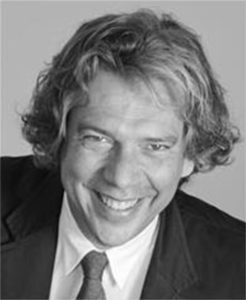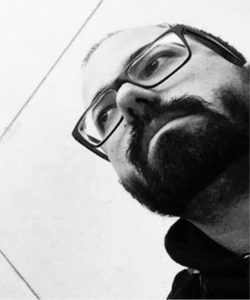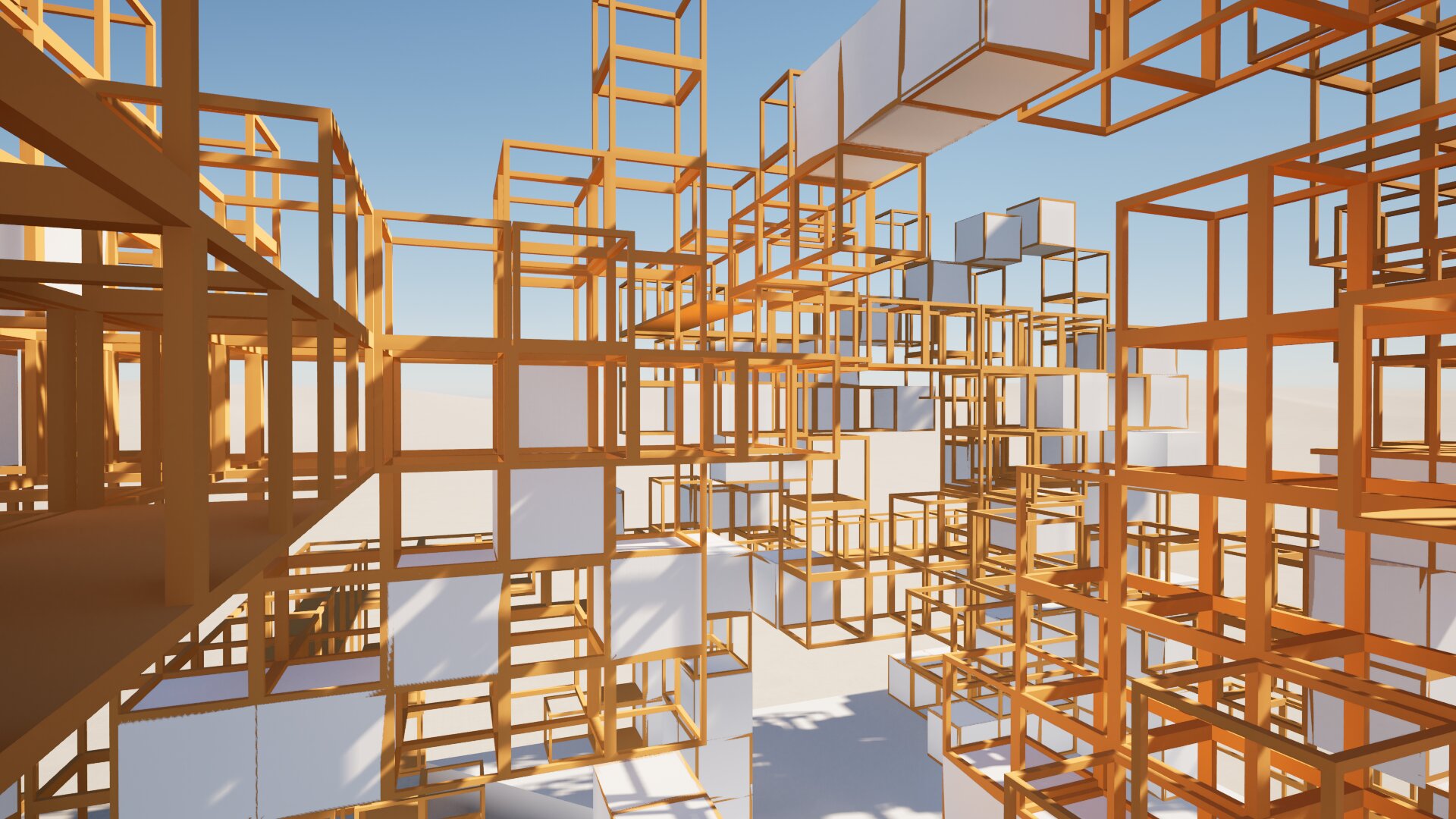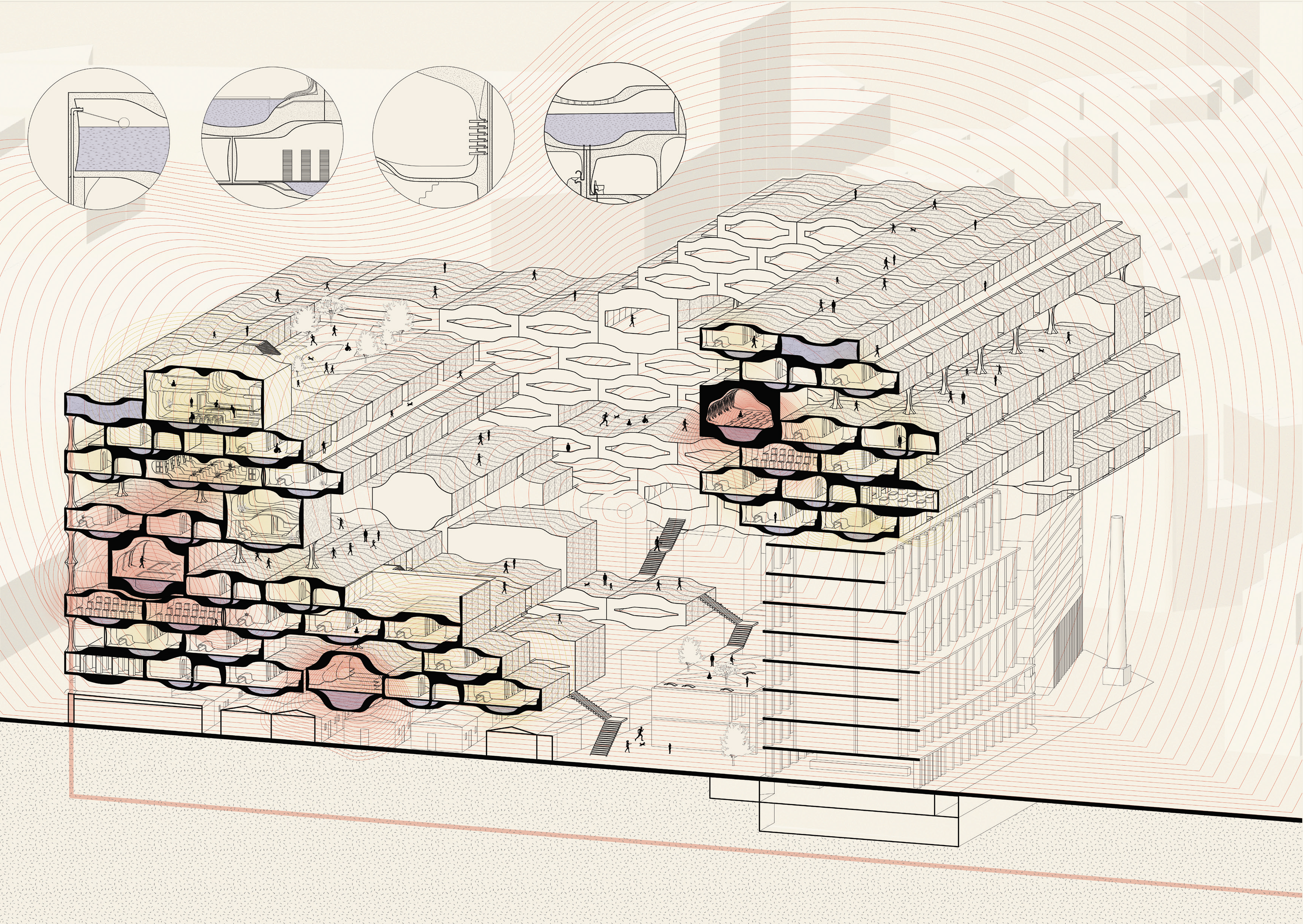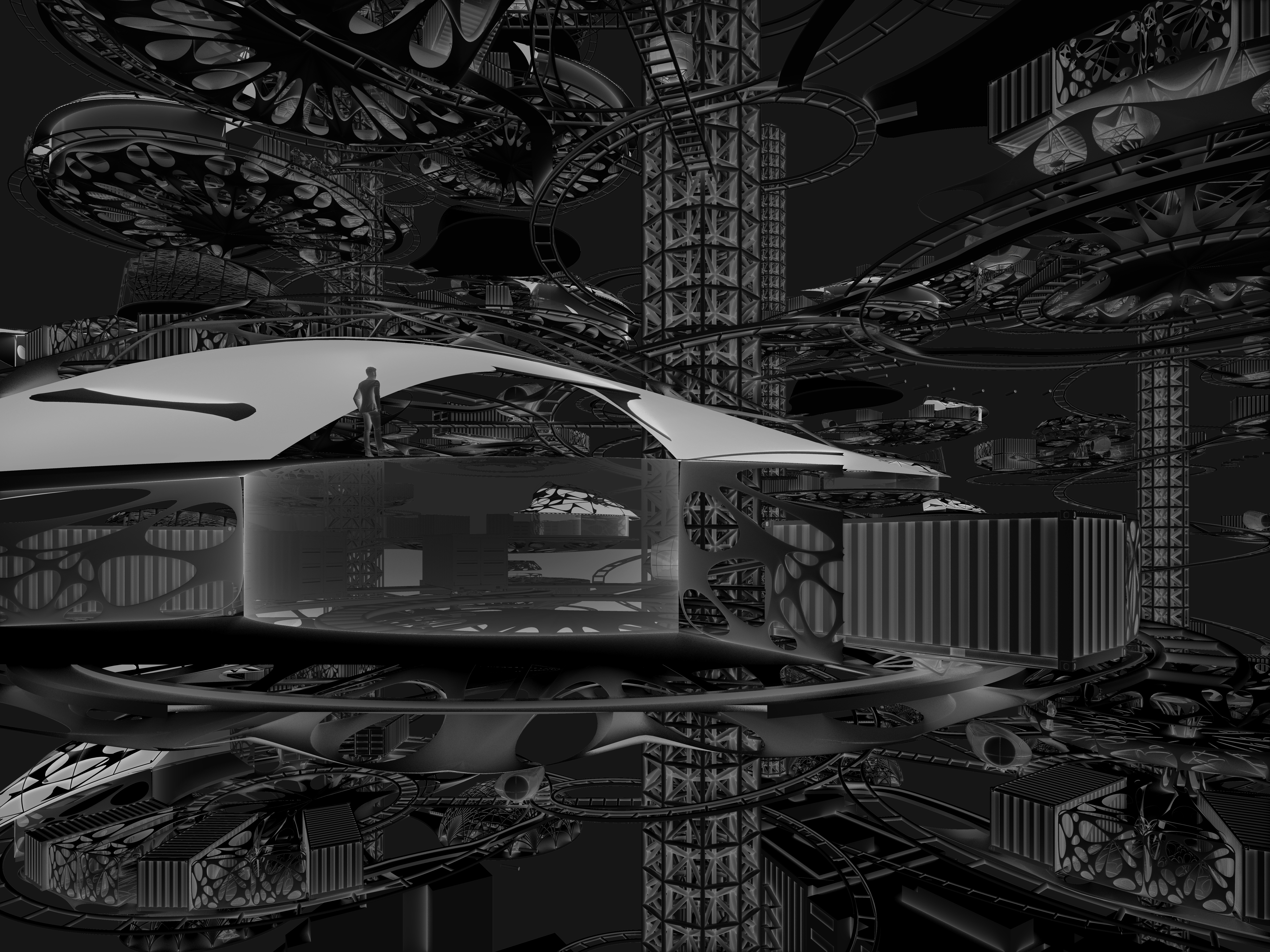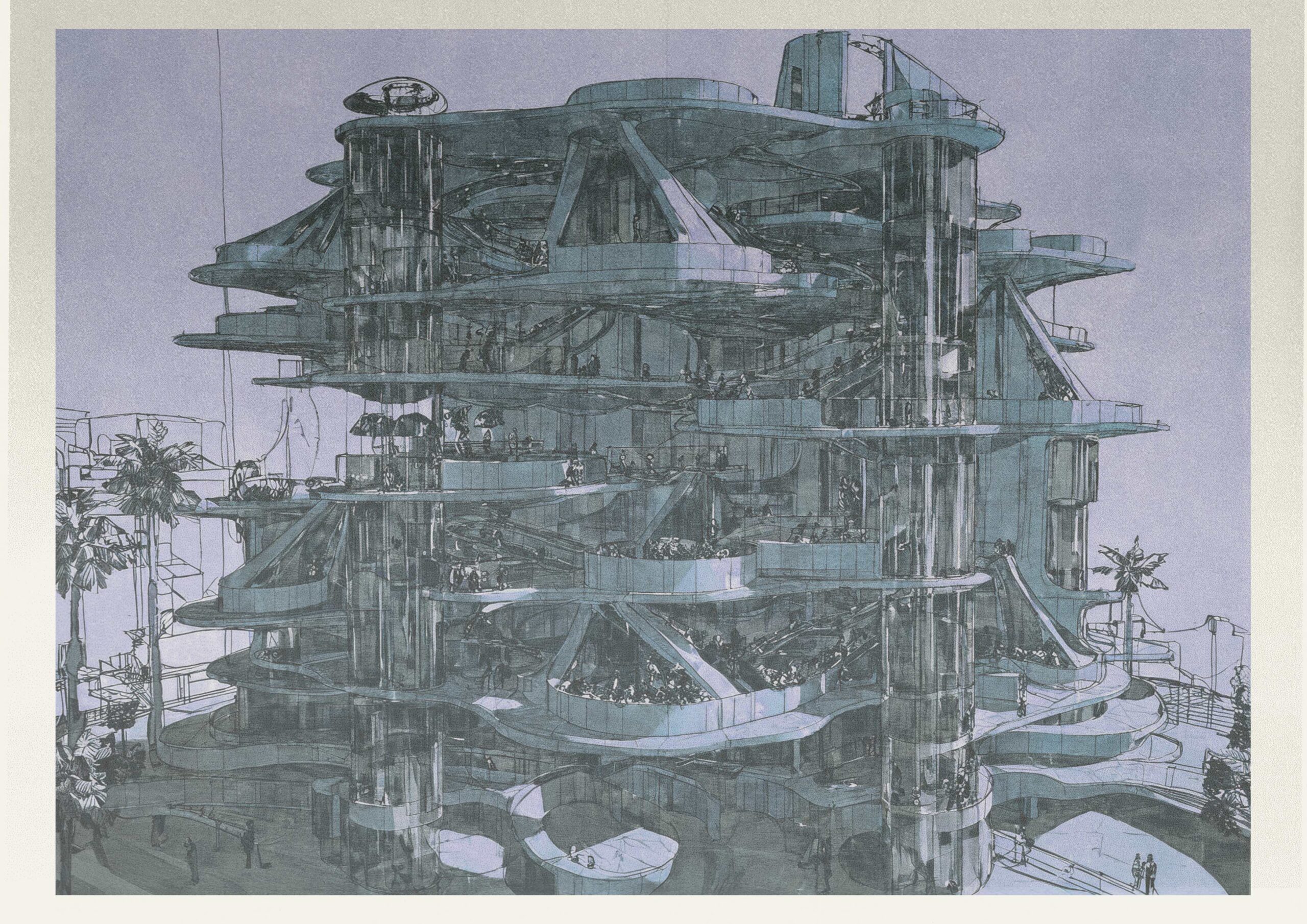
Credits: Grand Hotel Colosseo by Superstudio, 1970
Metabolic Studio aims to inspire students to think creatively and innovatively about design and architecture. The studio challenges participants to reevaluate our built environment and the architectural components that create our cities and buildings. A line of research that was established 8 years ago and always investigated the boundary of architecture and nature.
The studio aims to explore Advanced Architecture topics by integrating architectural stacking and the fusion of metabolic and natural processes with architectural design. By viewing nature abstractly and recognizing it as a closed system where everything is interconnected and no waste is produced, we can identify its various components, inherent processes, and elements. This knowledge will enable us to replicate some of these aspects using technology and design. Such understanding will allow us to apply these principles to architectural components, contrasting with cities that consume all nearby resources and produce waste, requiring even an external disposal method. Our focus will be on transforming the city of Barcelona in a hypothetical scenario set in 2050, where an already dense Barcelona must accommodate an additional 1 million residents (currently 1.6M inhabitants).
This year, we will follow last year’s research question as students will be tasked with the reimagination of the city using techniques such as stacking, overlapping, and architectural hacking. As skyscrapers will never be an option in the metabolic studio. We will focus on the Poblenou neighbourhood and 22@ as a test ground for the re-densification of the city. Some of the plots that have been previously selected, will be discarded from this year’s list. One of the ultimate aims of the current research in the studio is to provide a body of work that can help us define possible scenarios for densifying our cities while still maintaining their characteristics and offering a more sustainable way of highrise construction.
Learning Objectives
At course completion the student will:
- Understand the relationships of buildings within the city context, technology, and society.
- Create advanced architectural proposals that deal with metabolic processes with the exchange of energy and matter, understanding the details of the metabolic pathways.
- Have a clear understanding of some of the interdependence between different uses in the city.
- Elaborate critical thinking about the relationship between architecture and environment, climate and pollution, and citizen empowerment.
- Add a new critical and radical point of view on how cities should be in the future and think outside the box when it comes to sustainable construction.


